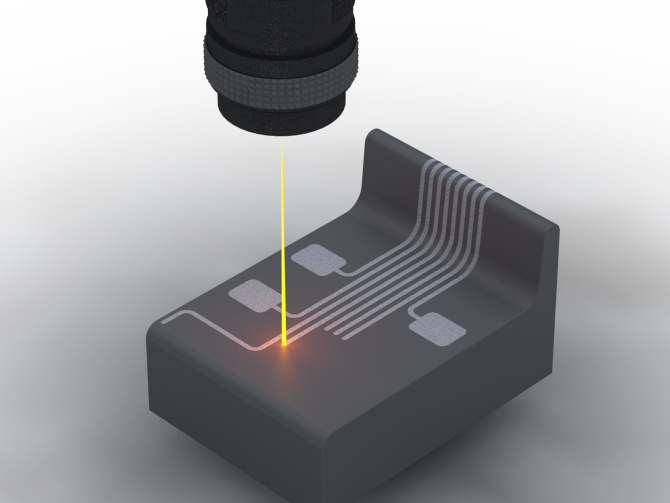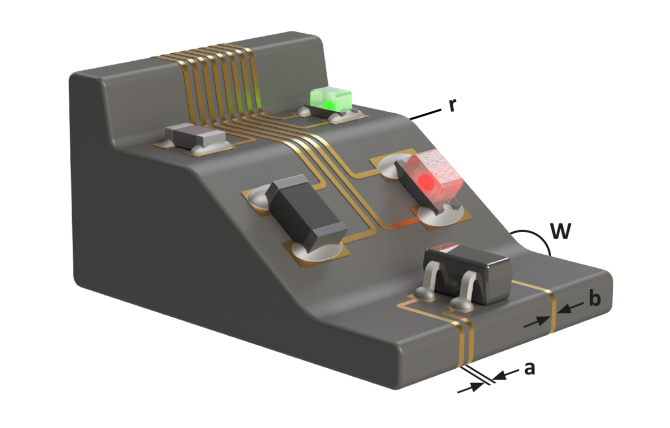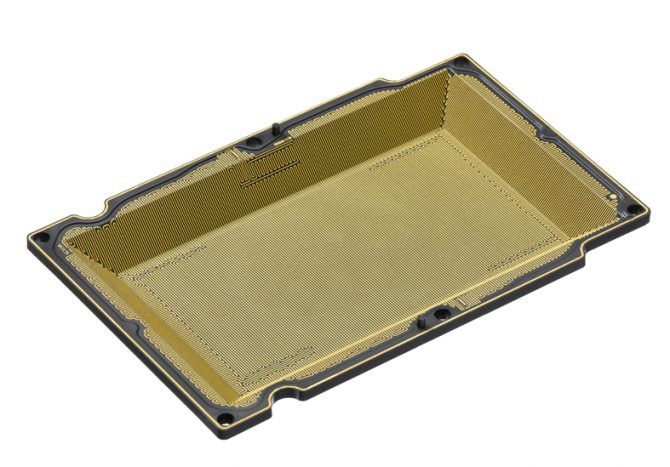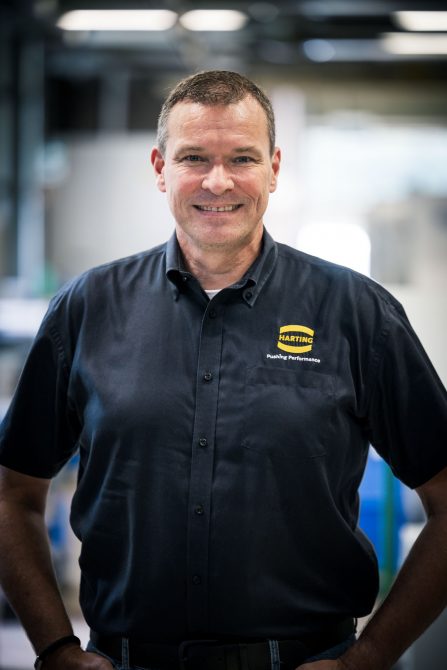Laser immediate structuring (LDS) is a special achievements tale. For just about 20 decades, it has been achievable to apply digital conductor paths specifically on to plastic components for the duration of collection manufacturing. LDS permits the generation of digital assemblies with adaptable geometric shapes. This course of action permits digital merchandise (these kinds of as wise phones, sensors or clinical gadgets) to develop into even more compact and far more powerful. Automatic production processes also make this method far more economically beautiful.
There is less and considerably less room available for digital assemblies, so options are required which exchange regular printed circuit boards. LDS permits even further miniaturization and will make more and more complex geometric styles attainable. This is a stable and dependable system that has founded itself in top quality-critical sectors these types of as healthcare technologies or basic safety-related components for the automotive sector.
LDS approach allows three-dimensional assemblies
Direct laser structuring permits 3D-MID (Mechatronic Built-in Units) assemblies to be made. When making use of 3D-MID, electronic parts can be fitted immediately onto a a few-dimensional foundation body, without the need of circuit boards or connecting cables. The base body is produced applying an injection moulding procedure, whereby the thermoplastic content has a non-conductive, inorganic additive.

The construction of the conductor path is used applying the LDS method.
LDS allows electronic assemblies to be made in versatile geometric styles. Wise phones, listening to aids and clever watches are getting more compact and a lot more potent thanks to this procedure. Source: Harting
The additives in the content are “activated” by direct laser structuring so that the plastic product can accommodate the electrical conductor paths. The laser beam writes the spots meant for the conductor paths and generates a micro-tough construction. The produced metal particles type the nuclei for the subsequent chemical metallisation. In this way, the electrical conductor paths are applied to the parts marked by the laser. The other spots of the 3-dimensional foundation system keep on being unchanged. The plastic ingredient can then be assembled in conventional SMD procedures identical to a regular PCB. It is also ideal for soldering in a reflow oven.
Multipurpose software of laser engineering
As a person of the greatest suppliers of 3D-MID elements outside the house of Asia, HARTING takes advantage of significant-effectiveness laser systems for the LDS system, with 3 lasers working in parallel, every offset by 45 degrees. Thanks to an more axis of rotation, parts can be processed by the laser at the same time from all sides (360 levels). This engineering permits flexible geometric shapes, these types of as reflector shells or LED lights, to be made. Regardless of the negligible conductor path thickness of 16 to 20 μm, the conductor paths are however suitable for demanding automotive components or for purposes with currents up to 10 A – for example for heating coils in cameras which are utilised to protect against the optics from fogging up

Minimum distances concerning the conductor paths (a): 50 – 150μm. Minimum amount width of the conductor paths (b): 50 – 150μm Radius (r): .2mm. Resource: Harting
Recurrent improvements in the course of the electronics growth phase or new elements with modified proportions can direct to pricey adjustments in the course of regular PCB production. The laser structure, in distinction, can be adapted really flexibly by employing the parameters of the laser’s control software package. No improvements in the injection moulding are expected for this.
The manufacturing of prototypes employing LDS is also easier when compared to standard procedures. HARTING can deliver the plastic base human body using LDS-appropriate material and 3D printing. Injection moulding can also be utilized with affordable prototype tools.
New developments in the LDS procedure
Quite a few facets of LDS technology have been improved and further formulated over the previous handful of several years.
- The doing the job location of the laser has been enlarged from 160 x 160 x 80 mm to 200 mm x 200 mm x 80 mm, consequently enabling a higher packing density and the processing of even greater factors.
- The operating velocity of the laser can be doubled to 4 m/s by optimizing the servo models and mirrors which guidebook the laser beam, thereby noticeably lowering the processing time.
- The advancement of the optics enables the use of a laser with a diameter of 100 μm and a laser with a high-quality aim of 50 μm for processing even smaller sized structures.
HARTING is the only 3D-MID maker in the planet that has a laser program with three fine aim optics of 50 μm. Even scaled-down conductor path gaps can be reached thanks to this high-quality target laser. Hence, lots of conductor paths can be designed on the exact element and a larger packing density can be implemented. This is employed for security engineering, among other issues, for the reason that the carefully spaced and intertwined conductors are capable of triggering safety alarms from even the smallest actual physical interference.
Improvements in components and economics
Only specifically chosen thermoplastics are accredited for the LDS approach these are offered from stock. The procedure can be further improved with customer-distinct adjustments to the plastic substance:
- HARTING works by using a course of action which adds LDS additives to non-accredited resources to make them MID-appropriate.
- Certain RAL or Pantone colors can be obtained with MID plastics by making use of color pigments and exclusive LDS additives.
- By selecting acceptable additives, unique RF traits can also be executed, based on the frequency assortment.

Electronic parts – these kinds of as LEDs, ICs, photodiodes and sensors – can be hooked up instantly onto the part carrier. The assembled part carriers can then be processed as regular SMD components. Supply: Harting
To even more make improvements to the price-success of the manufacturing procedure, HARTING relies on automated robotic techniques. The LDS laser method is geared up with a rotary indexing desk so that a element can be inserted or eradicated when an additional component is however getting processed. The in-feed and unloading techniques are automated by HARTING employing robotics. This improves throughput and autonomy, even though also enabling integration into automatic creation processes. An more automation step is offered during the injection moulding process. In this article, also, a robot can take around the removal of the injection moulded components. The use of robotics also improves the specific reproducibility of the procedures and, hence, general solution quality.
Extra growth for 3D-MID

The 3D-MID caps protect the electronics from unauthorized obtain both of those mechanically and electronically. A hugely precise meandering construction detects each access, no subject how tiny, and as a result stops theft. Supply: Harting
HARTING stories elevated demand for MID projects and has additional expanded the 3D-MID division by investing in equipment and by attaining a competitor’s small business. Innovative in-household solutions are also contributing to additional progress. HARTING has made a remedy based mostly on 3D-MID engineering which replaces versatile PCBs with a part carrier. In its place of making use of a flex-PCB, the ingredient provider can be equipped specifically with digital parts, hence preserving up to two thirds of the value.
—————————————-
About HARTING 3D-MID
HARTING 3D-MID is giving the finish benefit chain for 3D-MID systems from a one supply, like development/prototyping of purchaser-distinct goods, injection moulding, laser immediate structuring, metallization, assembly and connection engineering, as very well as closing inspection. Its main company is the generation of mechatronic elements for vehicle manufacturing, field, healthcare engineering and sensor units.

Dirk Rettschlag, project supervisor & IE MID at Harting MID.





More Stories
Truck Accidents and Driver Fatigue – Accidents Waiting to Happen, Accidents That Can Be Avoided
Beetle Electric Car Conversion – Convert Your Old Bug Into an EV
Bedini Motor Generator – Power Your Home For Free With Bedini’s Genius Generator